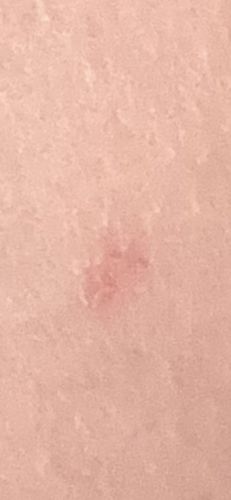Mosquito
Scientific Name: Culicidae (various genera and species, e.g., Aedes, Anopheles, Culex)
Order & Family: Diptera, Culicidae
Size: 3 mm to 10 mm (adults)

Natural Habitat
Mosquitoes are found globally in a wide variety of habitats, especially near stagnant or slow-moving water sources like ponds, swamps, marshes, ditches, and containers (pots, tires) where their larvae develop. Adults prefer warm, humid environments and are often found in vegetated areas seeking shelter.
Diet & Feeding
Female mosquitoes feed on blood (hematophagy) of humans and other animals (mammals, birds, reptiles, amphibians) to obtain nutrients for egg development. Both male and female mosquitoes feed on nectar and plant juices for energy.
Behavior Patterns
Mosquitoes are most active during dawn and dusk (crepuscular), but some species are active during the day or night. Females lay eggs in or around water, and larvae and pupae are aquatic. They detect hosts using carbon dioxide, body heat, and odors. Mating often occurs in swarms, particularly of males.
Risks & Benefits
Potential Risks: Mosquitoes are vectors for numerous diseases, including malaria, dengue fever, Zika virus, West Nile virus, chikungunya, and yellow fever, posing significant public health risks globally. Their bites cause itchy welts. Potential Benefits: Mosquitoes play a role in the ecosystem as pollinators (adults feeding on nectar) and as a food source for various animals like birds, bats, fish, and other insects (larvae and adults).
Identified on: 9/12/2025